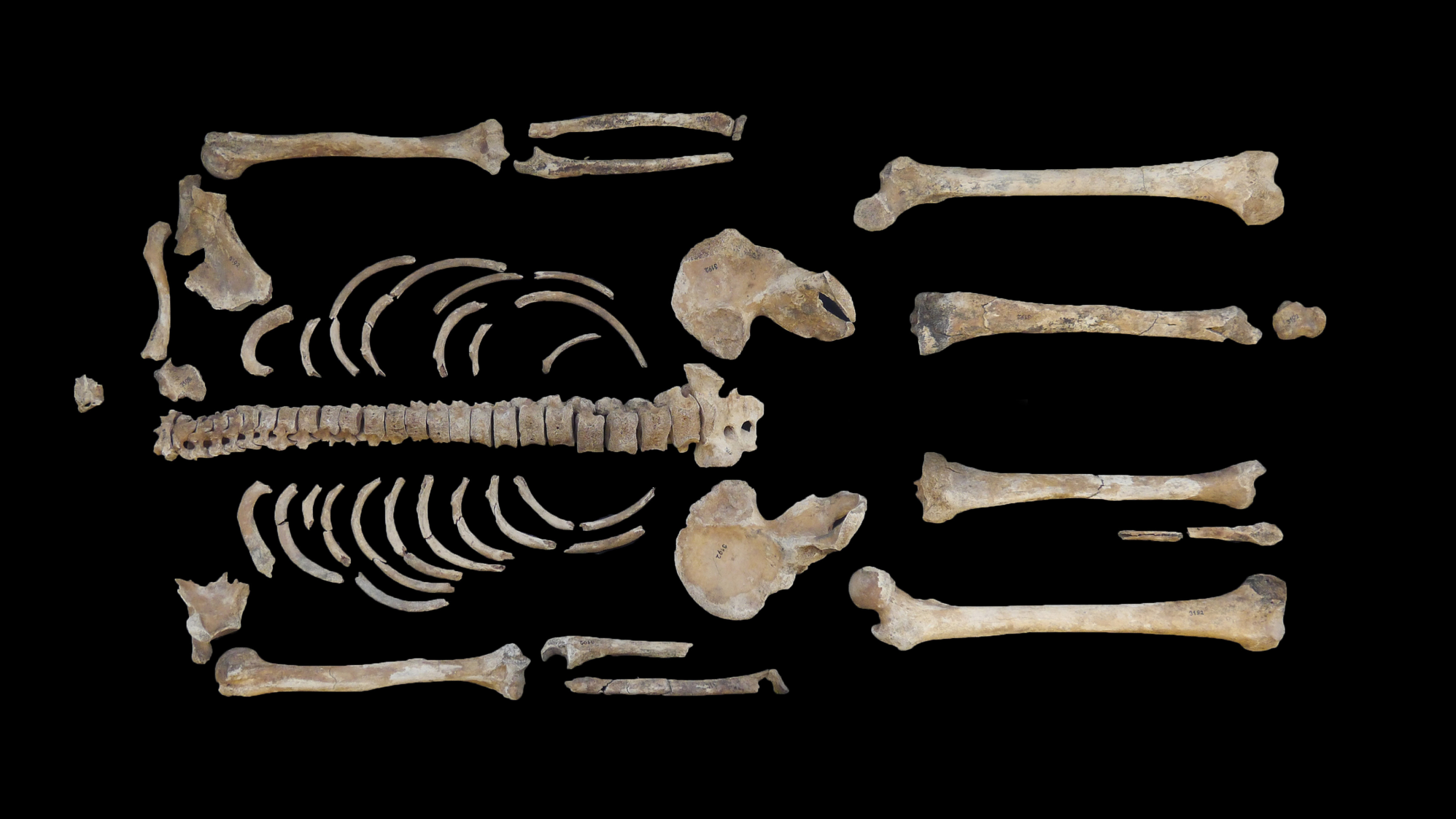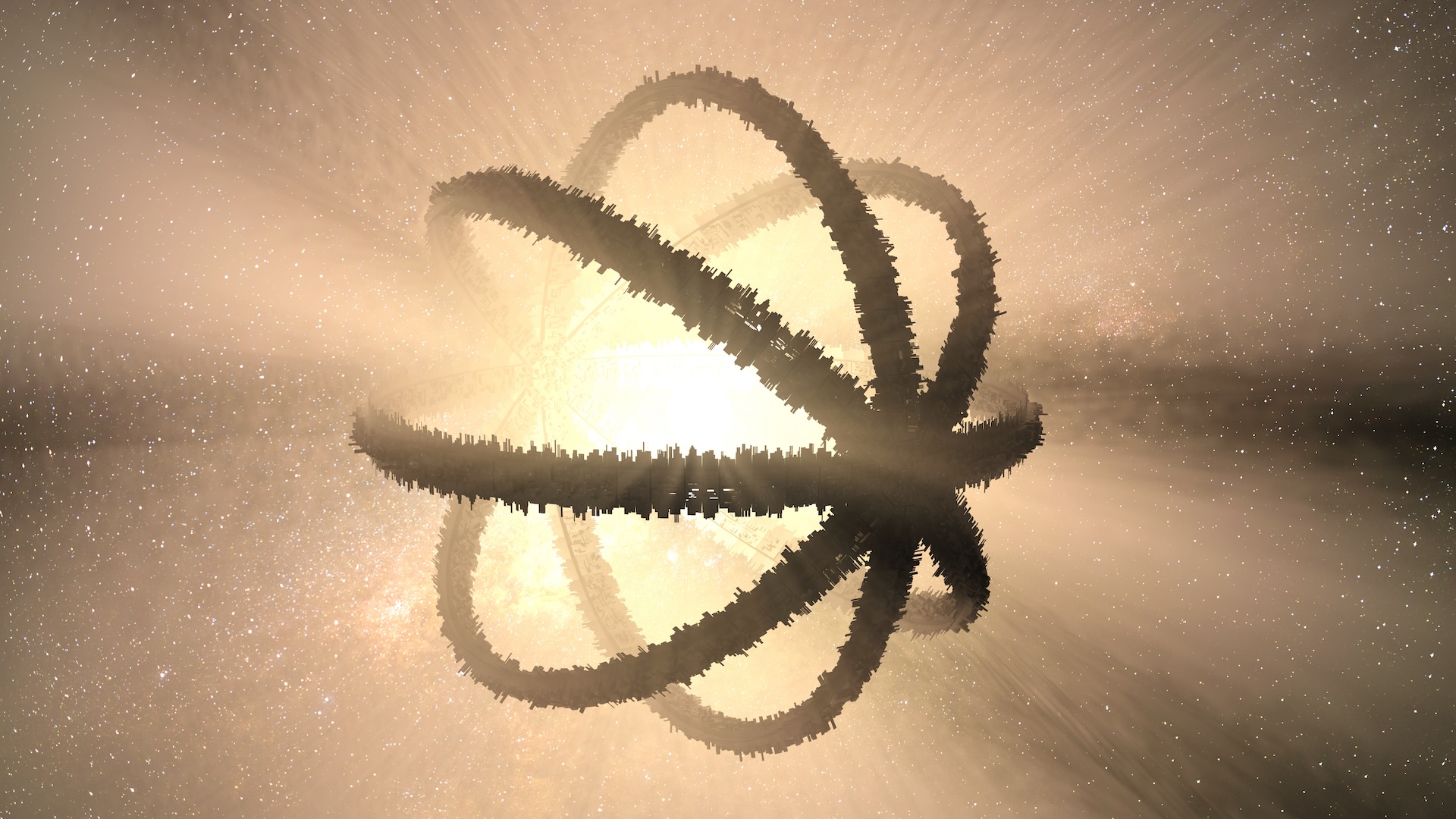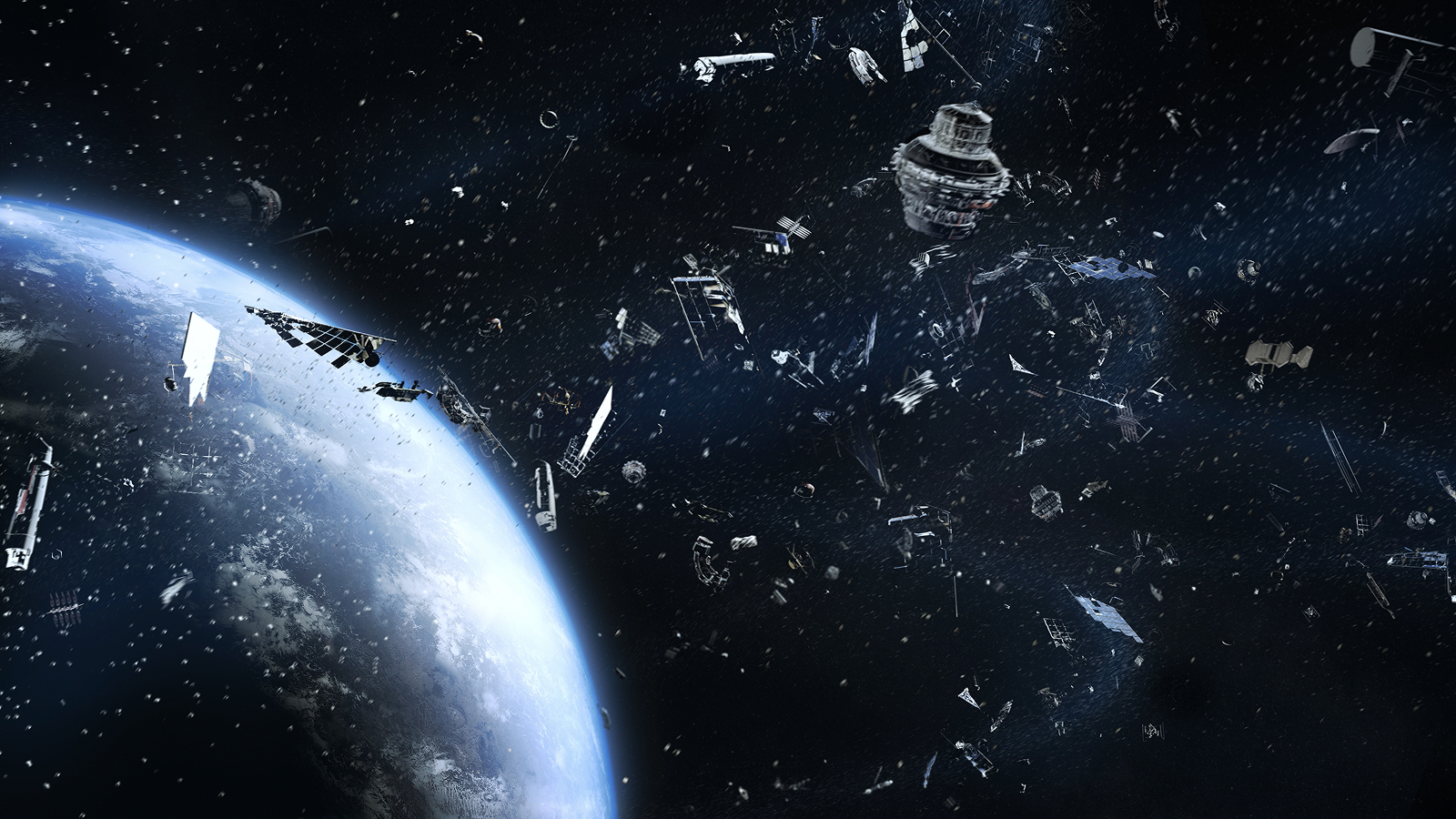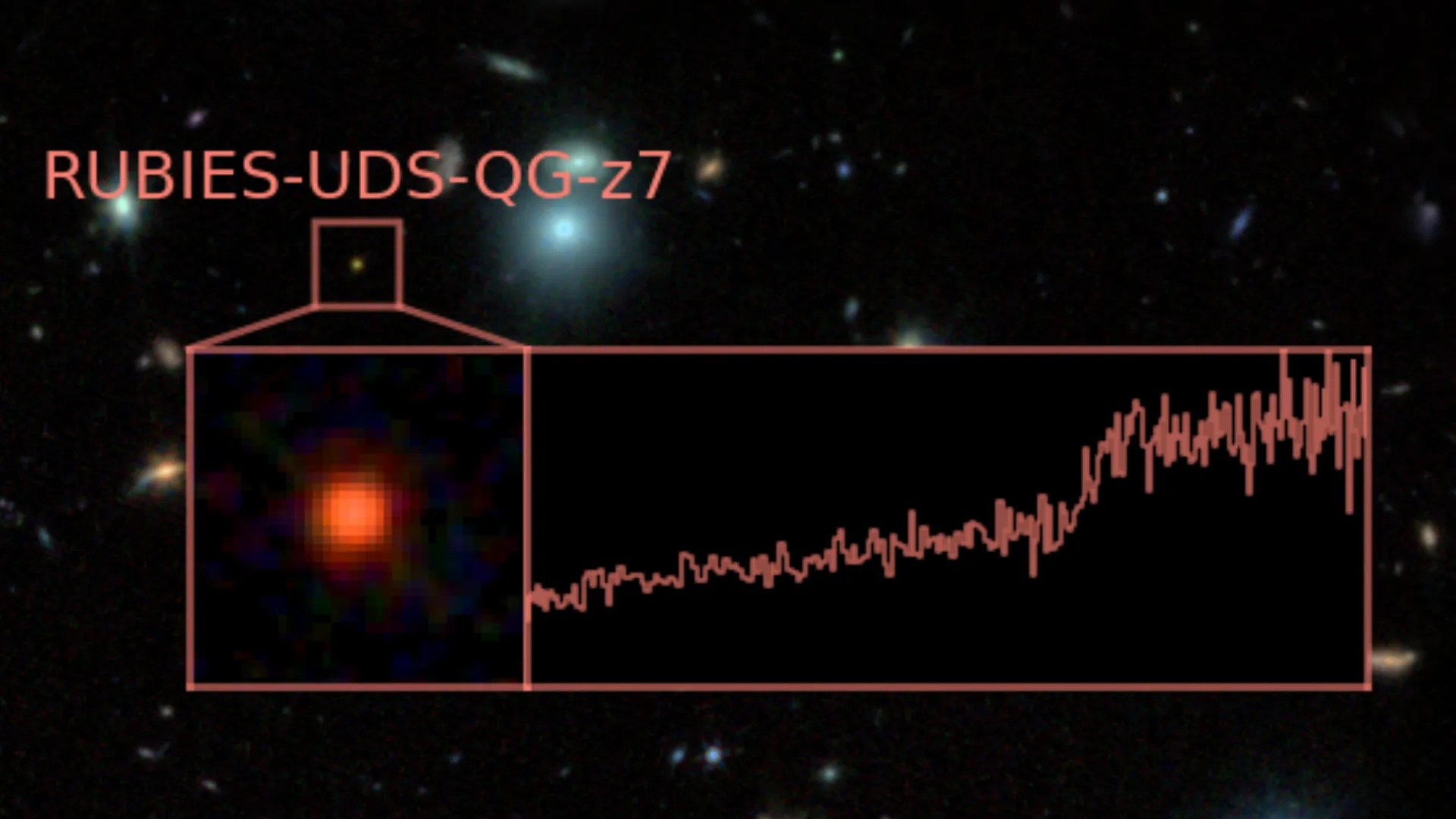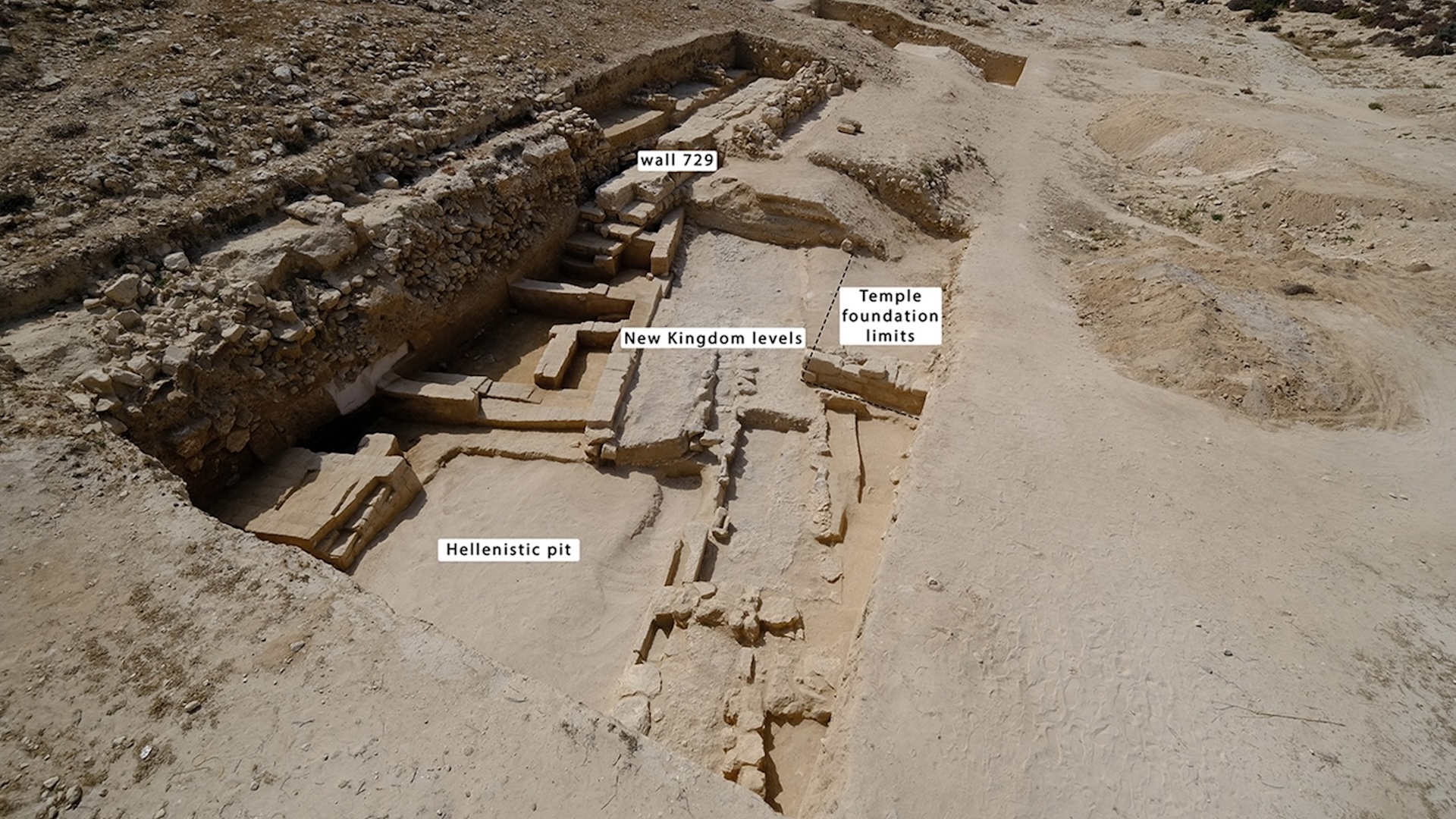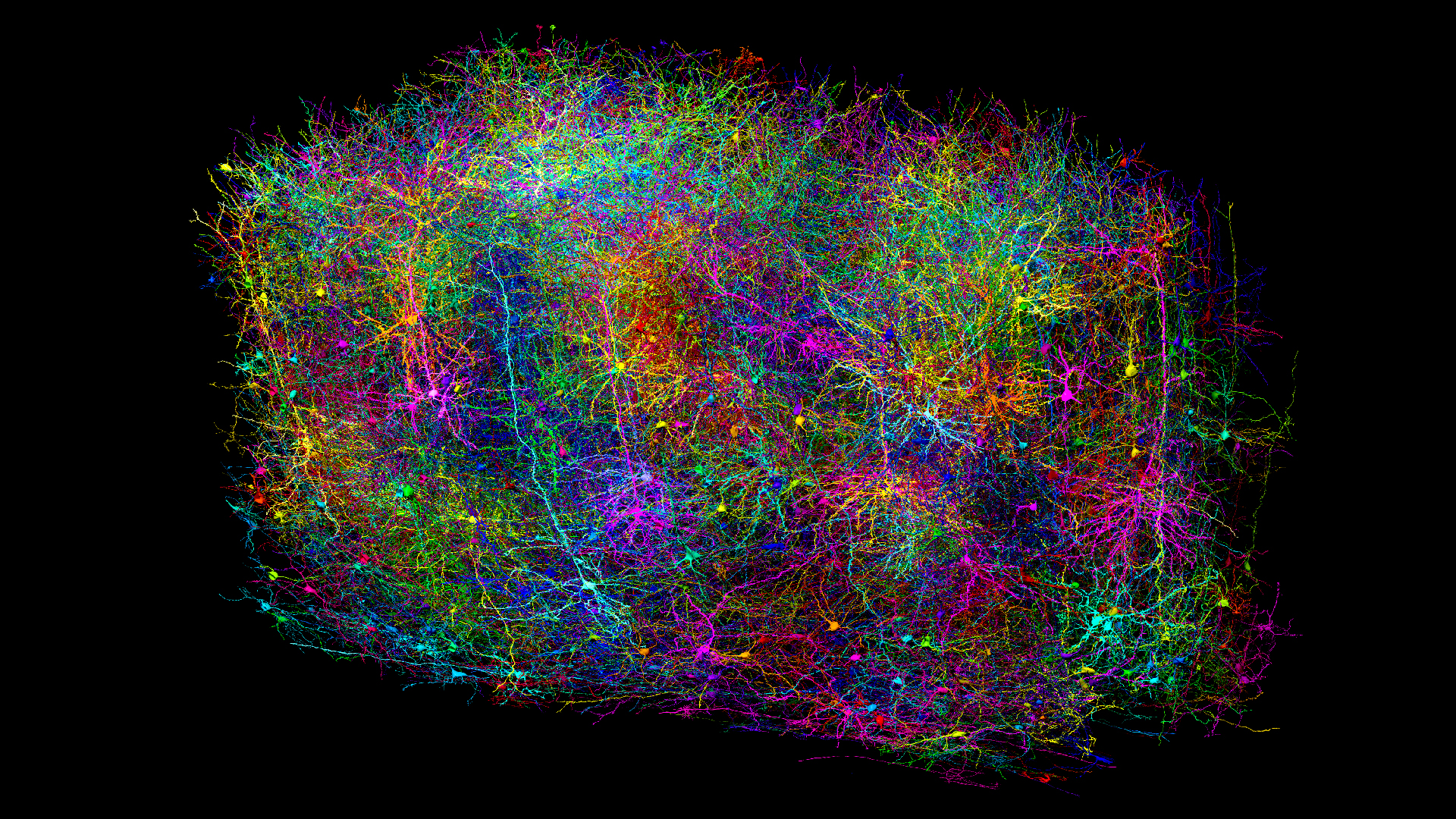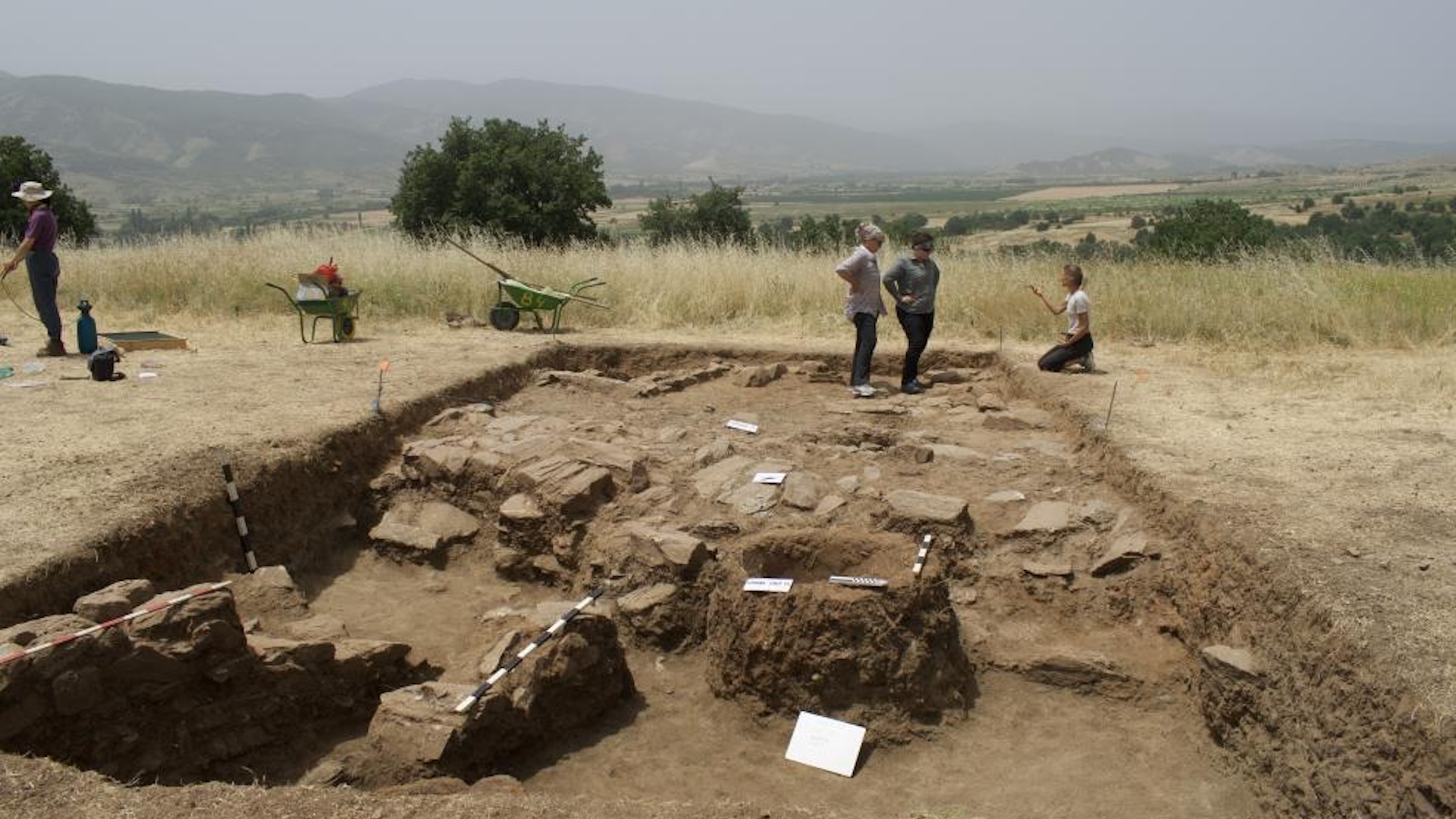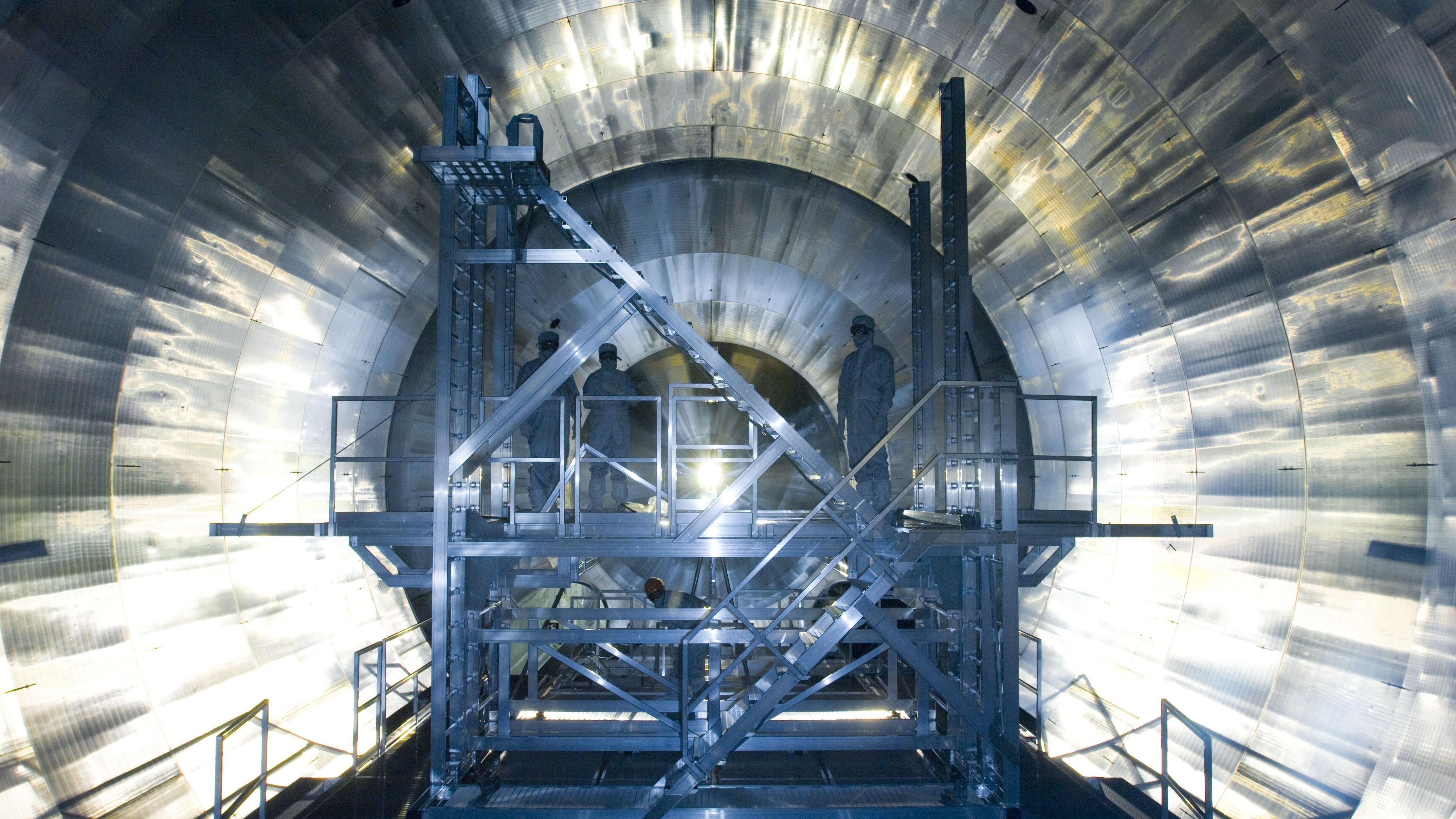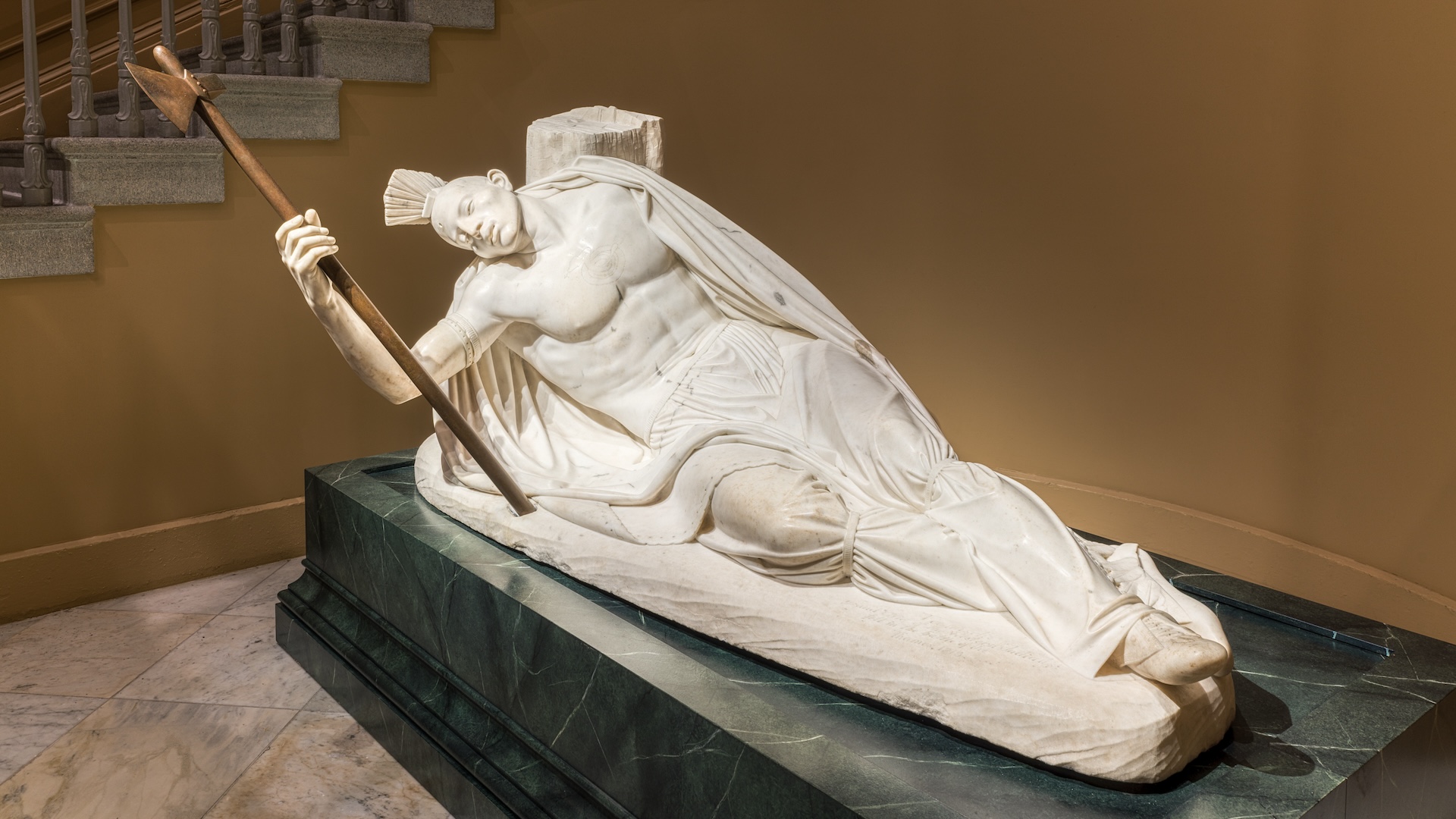
Would a fallout shelter really protect you in a nuclear blast?
Nuclear bunkers aren't a foolproof way to stay safe during a nuclear attack. Here's why.
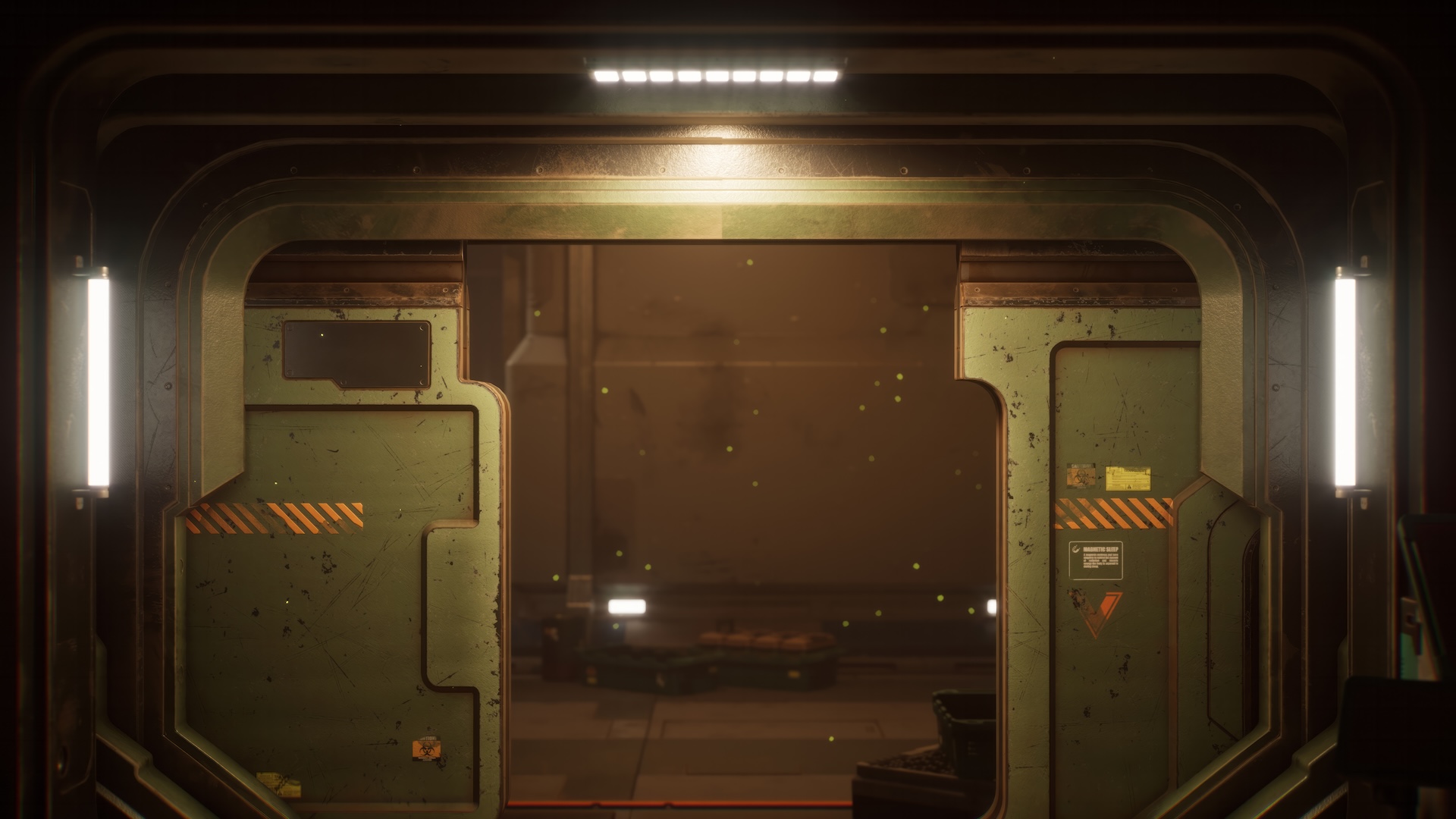
No other human-made catastrophes can wreak more destruction than a nuclear bomb. Luckily, bomb shelters and bunkers can protect us, right?
The truth is that these structures' ability to shield people from the potent heat and blast of a nuclear bomb varies.
"It all depends on where the bunker is and the quality of the bomb," Norman Kleiman, an associate professor of environmental health sciences and director of the Radiation Safety Officer Training course at Columbia University's Mailman School of Public Health, told Live Science.
According to Kleiman, bomb shelters came about during the Cold War as the U.S. and the Soviet Union hinted at mutually assured destruction by nuclear weapons. Both countries' governments designed programs to construct shelters in large public buildings, as well as to encourage individuals to build bunkers inside or outside their homes, Kleinman said.
It's possible that some people marketing these shelters were looking to make a buck amid a crisis. "I'd argue that most of them were being marketed by snake oil salesmen and hucksters," said Peter Caracappa, executive director of the radiation safety program at Columbia University.
Related: Why do nuclear bombs form mushroom clouds?
A bomb shelter doesn't necessarily guarantee safety in the event of a nuclear blast. Its effectiveness comes down to the quality of both the bomb and the shelter.
Sign up for the Live Science daily newsletter now
Get the world’s most fascinating discoveries delivered straight to your inbox.
Modern nuclear weapons are quite different from those of the mid-20th century. Nuclear weapons are much more powerful now, largely because they detonate using a different reaction than they did during World War II and the Cold War. Nuclear bombs in the 1950s had cores made of the radioactive element plutonium or the isotope uranium-235, in which the atoms would split apart in a process called fission, causing a huge explosion. These bombs were a type of nuclear weapon known as atomic bombs, or fission bombs.
"The size of these devices was much smaller, orders of magnitude smaller than current nuclear weapons," Kleiman said. But now we use bombs that rely on hydrogen fusion to create that boom. These bombs utilize the atomic explosion described merely to trigger a larger, thermonuclear explosion. This explosion can have a blast radius of up to 100 miles (160 kilometers). (For comparison, the bombs used on Hiroshima and Nagasaki had blast radii of about 1 mile, or 1.6 km.) Between these two nuclear weapons, hydrogen fusion-powered thermonuclear bombs are far more powerful than fission-powered atomic bombs.
"If you are 600 miles [1,000 km] away from a thermonuclear device, maybe a shelter would help you," Kleiman said. "But if you're anywhere within that blast radius, the blast, the heat, the explosion — those are going to take you out."
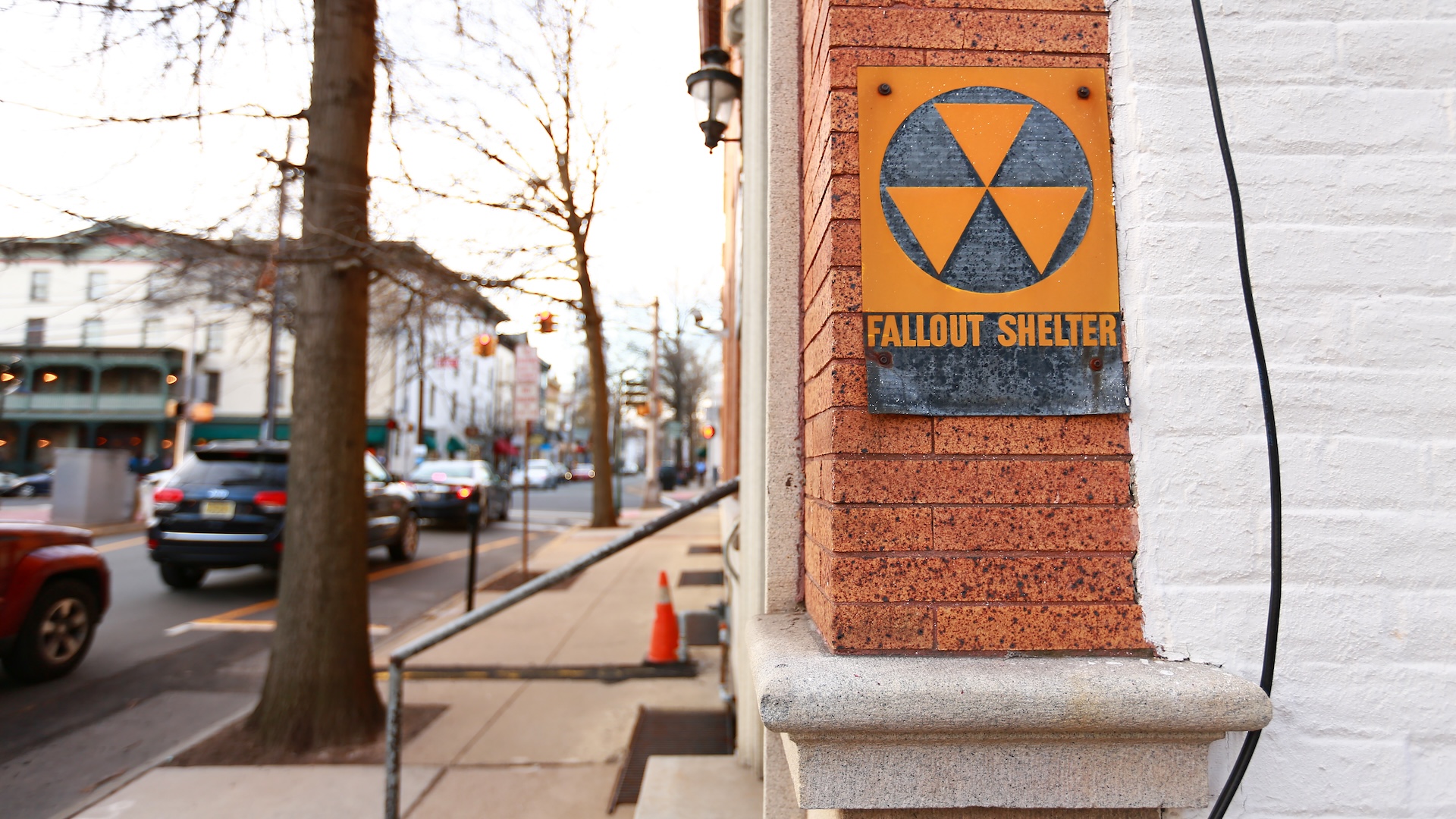
And then there's the question of radiation, which is the emission of waves and particles in the wake of the blast. Kleiman said it's possible to build a bunker to protect you from radiation. The walls must be lined with 3 to 5 feet (0.9 to 1.5 meters) of concrete and steel, as well as lead. This lead is embedded in the shelter's walls and doorways, so an intact bunker poses little risk of exposure to its occupants.
Moreover, the entrance "has to be kind of zigzaggy," Kleiman said. Radiation travels in straight lines, so a zigzagging entrance would fend it off.
Capacarra broke down a shelter's protection ability into three components: It must be effective as a structure to withstand an explosion and weather radiation (which, in part, depends on where it is relative to the explosion), how much material is between you and the radiation the explosion emits, and how well it can keep out fallout material, or the material that's generated and released in a nuclear explosion.
Lethal radiation persists for days after the explosion, so if you were to survive the initial blast, you would have to stay in the bunker to avoid radioactive fallout. So your shelter would need to not only be equipped with supplies for the time you'd need to stay put — about a week, according to Kleiman — but also ventilate without letting in any radiation. This estimated timeline depends on how far the shelter is from the blast. However, "that doesn't mean that it's safe, it just means that the radiation levels are low enough that you're not going to die of acute radiation poisoning," Kleiman continued. He added that cancer is one huge long-term risk of radiation exposure, but that and other consequences may not emerge for decades.
So, while a bunker only a few miles from an explosion wouldn't be very helpful, a good shelter dozens of miles from a blast could protect inhabitants from radiation for days. "It's really a question of shielding," Kleiman said — "shielding from heat, shielding from the blast and shielding from radiation."

Elana Spivack is a science writer based in New York City. She has a master's degree from New York University's Science Health and Environmental Reporting Program and a bachelor's from Kenyon College in Ohio. She's written for Inverse, Popular Science, BitchMedia and others.
You must confirm your public display name before commenting
Please logout and then login again, you will then be prompted to enter your display name.

